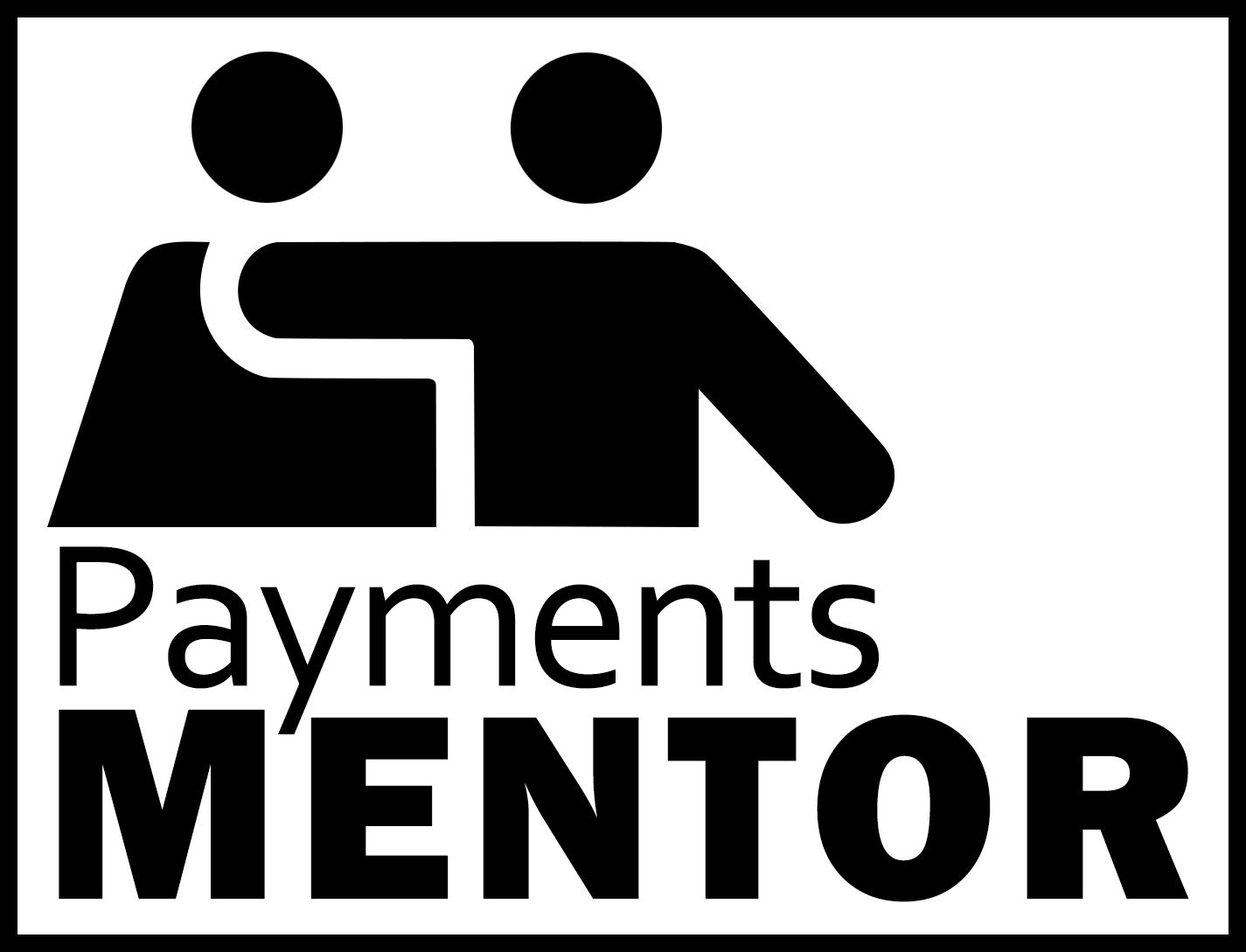Credit card processing fees are an unavoidable cost of doing business in today’s digital economy. As more customers opt for the convenience of paying with plastic, merchants find themselves grappling with the ever-present burden of these fees.
For businesses operating on tight margins, credit card fees can significantly impact profitability. Even a small percentage of each transaction can add up quickly, eating into hard-earned revenue.
Fortunately, there are strategies that merchants can employ to reduce these costs without sacrificing the level of service their customers expect. By understanding the intricacies of payment processing and taking a proactive approach, businesses can optimize their operations and keep more of their profits.
Why Reducing Credit Card Fees Matters
Let’s face it: credit card fees can really eat into your profits. For small businesses and those operating on slim margins, these costs can make a substantial difference in their bottom line. By understanding and managing these expenses effectively, merchants can improve their financial health and reinvest those savings back into their business.
Reducing credit card processing fees is not just about cutting costs; it’s about optimizing your payment operations to maximize efficiency and profitability. When you’re not losing a significant chunk of each sale to fees, you have more resources to allocate towards growth initiatives, product development, and enhancing the customer experience.
Moreover, as the payments landscape continues to evolve, staying on top of processing costs becomes increasingly crucial. With the rise of alternative payment methods and the growing expectation for seamless, multi-channel transactions, merchants need to be strategic in their approach to payment processing. By proactively seeking ways to minimize fees, businesses can stay competitive and adapt to the changing needs of their customers.
How to Lower Your Credit Card Processing Fees
It’s crucial to start by familiarizing yourself with the landscape of credit card processing fees. These fees generally consist of various components such as interchange fees, network assessment fees, and processor margins. Each element contributes uniquely to your total costs, and having a clear understanding of them allows you to pinpoint where reductions are feasible.
Delving into payment pricing models is a wise move. Various models can significantly influence your financial outcomes. For instance, the interchange-plus model provides distinct transparency by itemizing interchange fees separately from processor markups. This clarity helps in identifying precise areas for potential savings. Conversely, tiered pricing models can often conceal higher costs within bundled rates, making it more challenging to track expenses accurately.
Selecting an appropriate pricing model that fits your business profile can yield substantial benefits. Analyzing your transaction volumes and patterns is key to determining the most suitable model. Businesses with high transaction volumes might find a flat-rate model advantageous, offering predictability in costs. On the other hand, enterprises dealing with fewer but larger transactions may benefit more from interchange-plus, which can offer negotiable processor rates. By aligning the pricing framework with your operational dynamics, you not only achieve better cost control but also bolster your financial strategy.
1. Choose the Right Pricing Model
Selecting an optimal pricing model is crucial for minimizing credit card processing fees. One approach is to explore models that provide a straightforward breakdown of costs. This includes distinguishing between the fees set by card networks and those added by processors. Understanding these details allows for a more strategic approach to managing expenses and identifying where efficiencies can be gained.
The value of a clear pricing structure lies in its ability to demystify the components of your transaction costs. Unlike models that may obscure actual expenses by bundling them into generic categories, a more transparent approach offers detailed insights. Armed with this clarity, merchants can take decisive steps to address any hidden fees and optimize their financial strategies accordingly.
It’s important to tailor your pricing model choice to your business’s specific transaction profile. For example, businesses processing a high volume of transactions could find significant benefits in models that offer lower rates for larger volumes. Meanwhile, those handling fewer transactions might prefer a model that offers predictability. By aligning your pricing model with your transaction dynamics, you ensure that your payment processing is both cost-effective and tailored to your operational needs.
2. Negotiate with Your Payment Processor
Engaging in discussions with your payment processor can be an effective strategy to lower your credit card processing fees. It’s not merely about requesting fee reductions—it’s about presenting your business as a valuable partner. Processors often have flexibility in their fee structures, particularly for clients who can demonstrate substantial transaction volumes or possess a strong reputation for low chargebacks.
Preparation is essential when preparing to negotiate. Gather data that highlights your business’s strengths. Emphasize your transaction volume as a key asset. High transaction volumes can signify a reliable and profitable customer for the processor. Additionally, underscore your commitment to security and fraud prevention. Demonstrating robust security practices reduces risk for the processor and positions your business as a lower-risk client, making you eligible for potentially better terms.
Understanding your current contract and fee structure is also crucial for successful negotiations. Identify specific areas where improvements can be made, and don’t hesitate to suggest particular changes. If your business has maintained a positive relationship with the processor, leverage this as a negotiating tool. A history of reliability, timely payments, and minimal disputes can strengthen your case. Processors are more likely to accommodate requests from businesses that have proven dependable, so use your track record to your advantage.
3. Encourage Alternative Payment Methods
Exploring alternative payment avenues can significantly trim down your processing expenses. Debit cards and Automated Clearing House (ACH) transactions are two viable options that generally incur lower costs than credit card payments. This cost advantage stems from the simpler processing involved and reduced interchange fees, making these methods a smart choice for businesses aiming to keep expenses in check.
Fostering an environment where debit card use is preferred can yield substantial benefits. The fees associated with debit transactions are typically lower because they pose less risk than their credit counterparts. To make debit payments more appealing, businesses could offer incentives, such as minor discounts or a loyalty reward system. These strategies not only encourage a shift in payment behavior but also enhance customer loyalty through added value.
ACH payments provide another efficient cost-saving strategy. These transactions, which facilitate direct transfers between bank accounts, often bypass the high fees linked to card networks. For businesses dealing with regular billing cycles or substantial transactions, ACH presents a particularly advantageous option. By promoting ACH payments with perks like reduced introductory fees or special pricing for subscription models, businesses can cut down on processing costs while ensuring a smooth transactional experience.
4. Optimize Transaction Methods
Enhancing your transaction processes can substantially influence the reduction of credit card fees. One powerful strategy is to aim for transactions that minimize the reliance on card-not-present scenarios. These types of interactions—where the cardholder isn’t physically present—tend to incur higher fees due to the increased risk of fraud. To counter this, businesses should equip themselves with advanced point-of-sale solutions that facilitate secure, card-present interactions. This not only promotes a seamless in-store experience but also helps in managing processing costs effectively.
Incorporating an Address Verification Service (AVS) can further refine your transaction approach. By verifying the billing address provided by the customer against the one on file with the card issuer, AVS helps to weed out potentially fraudulent transactions. Processors tend to favor businesses that leverage AVS, often rewarding them with reduced fees, thanks to the added security layer AVS provides. Implementing such measures can fortify your defense against fraud, thereby fostering a more secure transaction environment.
Additionally, embracing technologies like tokenization and encryption can play a pivotal role in safeguarding transactional data. Tokenization replaces sensitive card details with a unique identifier, effectively insulating the actual card information from exposure during transactions. Encryption, on the other hand, ensures that transaction data remains protected throughout its journey. By adopting these technologies, businesses can demonstrate a robust commitment to data security, which not only enhances customer trust but also positions the business for potential fee reductions from processors.
5. Consider a Surcharge Program
Establishing a surcharge program can serve as an effective strategy for businesses aiming to balance out the financial burden of credit card processing fees. By incorporating a nominal fee to cover the cost of credit card acceptance, businesses can redistribute some of these expenses to customers. This approach requires a nuanced understanding of both the potential benefits and the impact it may have on customer relationships.
Before implementing a surcharge program, it’s important to assess both its advantages and potential downsides. While surcharging can provide immediate relief from processing fees, businesses must consider how customers will perceive this additional cost. Clear and upfront communication is essential—informing customers about the surcharge at various stages of the purchasing process ensures transparency and helps manage expectations. Such clarity can mitigate any negative reactions and maintain customer trust.
Compliance with legal and network guidelines is critical when introducing a surcharge program. Different regions have specific rules regarding surcharges, and card networks may require businesses to inform them before applying any additional fees. Adhering to these guidelines not only prevents potential fines but also supports fair and transparent business practices. By carefully weighing the pros and cons of a surcharge program and considering customer perception, businesses can effectively use this strategy to manage credit card processing fees while maintaining customer satisfaction.
6. Regularly Review Statements
Examining your monthly statements diligently is a cornerstone practice for any business focused on cutting unnecessary costs. By keeping a close watch on these financial documents, you can unearth any unexpected charges or anomalies that might slip through unnoticed. This practice not only helps in maintaining transparency but also ensures that your expense lines accurately reflect your business activities.
Unexpected fees and charges can gradually become a significant drain on resources if left unchecked. These could include fees for services you no longer use or charges that have increased without your awareness. By conducting thorough reviews of your statements, you can catch these issues early, allowing you to engage with your processor and rectify any discrepancies. Addressing these concerns promptly prevents them from escalating into larger financial burdens.
Furthermore, understanding your statement details provides a clearer picture of your financial operations. Analyzing this data allows you to make strategic decisions about your payment processes, whether that involves renegotiating fee structures, optimizing transaction methods, or exploring alternative payment options. This informed approach not only streamlines your financial management but also positions your business for sustainable growth and competitiveness.
Tips on Sustaining Lower Fees
1. Maintain Open Communication
Building a solid rapport with your payment processor is a smart move. Regular updates about your business trajectory, like increased sales or new service offerings, can pave the way for tailored solutions that optimize your fee structure. By fostering an atmosphere of collaboration, you position your business to benefit from customized agreements that match your growth and operational shifts.
Furthermore, having a trusted connection with your processor means you’re better equipped to explore innovative payment solutions that can further reduce costs. A collaborative relationship ensures that your processor is invested in your success, offering insights and adjustments that align with your evolving needs.
2. Stay Informed About Industry Trends
Staying ahead in the dynamic world of payments requires keen awareness of industry innovations. Emerging technologies and payment strategies continually offer new avenues for cost savings and operational efficiency. By keeping informed about these advancements, businesses can quickly adapt and implement solutions that enhance their payment processes.
Engaging with industry thought leaders through webinars, publications, and professional networks can provide valuable insights into these trends. Actively participating in these forums not only keeps your business at the cutting edge but also helps you identify practical strategies that can be implemented to sustain lower fees and improve service delivery.
Related Frequently Asked Questions
How can businesses reduce credit card processing fees?
Reducing fees involves negotiating rates, choosing tiered vs interchange-plus pricing wisely, passing fees strategically, and optimizing authorization rates by minimizing declines and re-presenting cards.
What pricing models affect processing costs?
Common models include flat‑rate, tiered, and interchange‑plus. Interchange‑plus typically offers transparency and lower overall cost, while flat‑rate may be simpler for small, predictable volumes.
Are surcharging or cash discounts effective fee reduction strategies?
Yes. Implementing surcharges or cash‐discount programs can offset processing costs—but these must comply with card network rules and state regulations.
David McCallister is a seasoned financial strategist with over three decades of experience in corporate finance, treasury operations, and M&A. As CFO of a global fintech infrastructure provider, David guides strategic financial planning and has helped lead companies through IPOs and PE-backed growth. Known for aligning capital with vision, he serves on several boards focused on fintech innovation and financial inclusion.











